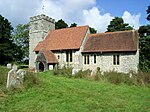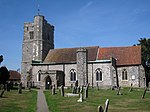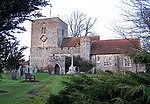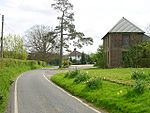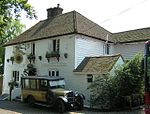Bredgar and Wormshill Light Railway
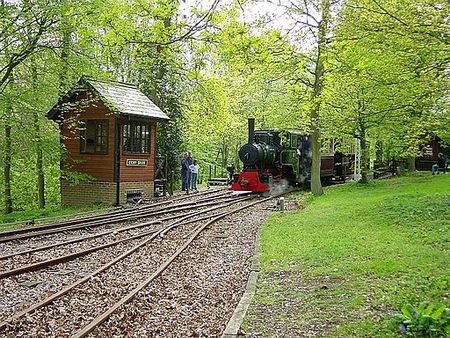
The Bredgar and Wormshill Light Railway (BWLR) is located near the villages of Wormshill and Bredgar in Kent, just south of Sittingbourne. It is a 2 ft (610 mm) narrow gauge railway about three-quarters mile (1.2 km) in length. The BWLR is a private line which has been built up as a hobby by a group of friends since the early 1970s. It is a fully operational line, operated to a high standard, with a station, engine sheds and workshops at Warren Wood station and a smaller station at the other end of the line, known as Stony Shaw. The line is open to the public on the first Sunday of each month and most Wednesdays throughout the summer to raise money to maintain and manage the collection. On event days a number of other attractions are on display including a model railway, a Dutch street organ, a traction engine a steam roller, a Victorian beam engine, an American fire department Ladder truck and a range of old tractors and cars. The Tearoom is open Wednesday thru Sunday (9:00–15:00) throughout the year offering a selection of teas, coffees, cakes, sandwiches snacks and lunches. In June 2011, the railway appeared briefly in a segment filmed for the BBC's Saturday Kitchen programme which aired on 18 June 2011.
Excerpt from the Wikipedia article Bredgar and Wormshill Light Railway (License: CC BY-SA 3.0, Authors, Images).Bredgar and Wormshill Light Railway
Borough of Swale Bredgar
Geographical coordinates (GPS) Address Nearby Places Show on map
Geographical coordinates (GPS)
| Latitude | Longitude |
|---|---|
| N 51.297128 ° | E 0.682891 ° |
Address
ME9 8AS Borough of Swale, Bredgar
England, United Kingdom
Open on Google Maps

